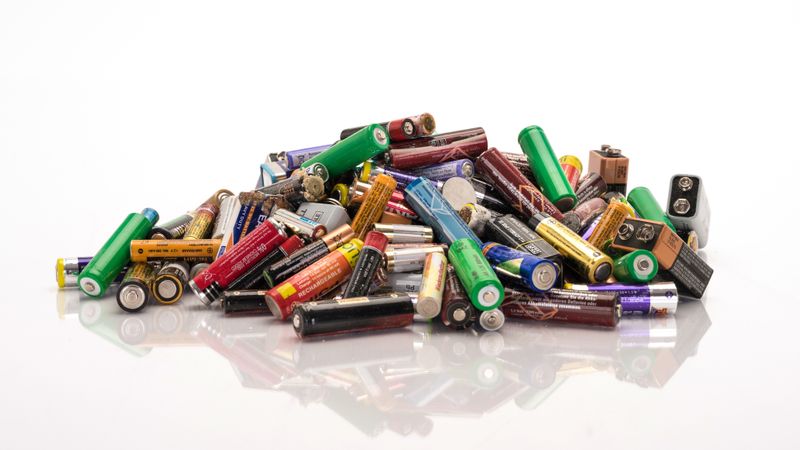How much of the battery capacity is used by your embedded device?
Unused battery capacity is hidden waste that goes unnoticed for consumer electronics, but it is getting noticeably annoying for many IoT and medical businesses. The embedded device suppliers need to deliver on promised battery life, but over 30% of capacity is left unutilized.

The hidden waste
At least 15 billion primary batteries are being disposed of yearly worldwide. The world is getting better at recycling, which is excellent news. However, the bad news is that we are still throwing batteries that are not fully utilized. Unused battery capacity is hidden waste that goes unnoticed for consumer electronics, but it is getting noticeably annoying for businesses within the Internet of Things (IoT) and medical space. The IoT and medical device suppliers need to deliver on promised battery life but don’t know how well their devices are using the batteries.
The good or bad fit
Batteries have specific performance characteristics. The electronic device needs to have a matching power consumption profile for the capacity to be fully used. The power consumption profile depends on the choice of hardware, layers of software and connectivity and the actual device usage. Suppose the power profile doesn’t match the battery characteristics. There will be energy that is never extracted, which is valid for primary batteries and rechargeable batteries for any application and industry. There could be a good or a bad fit for your small loT sensor, the robot or the electrical vehicle (EV) that you are developing.
Furthermore, the batteries can be of bad quality. For everyone working in development projects where second sourcing of components is essential for the reliability or cost-down activity (and batteries are one of the most expensive components), validating the battery performance is the key. You may have figured out your device’s power consumption performance but are still underutilizing the energy source due to a particular bad battery batch or an overall bad design and quality. The difference between brands is noticeable.
Unused battery capacity
One thing is for sure, there is no such thing as utilizing the battery to 100%, but you can get close. On the other hand, a bad match can be pretty bad. Our extensive testing shows between 30-50%, on average, of capacity never being used.
Let’s look at an example of an IoT device with a coin cell battery.

The battery data sheets usually show a typical capacity that you could expect if you match your device well with the battery and use it in a normal temperature type of use case. However, suppose the matching is not good or the battery is bad quality. You may be limited to utilizing only 16% of the available energy, as for Battery 1 in the Table 1 above.
If you are interested, you can read the technical benchmark study where this example is from here.
Battery life impacts your business
Unused battery capacity can make or break a business. As a device supplier, you can not guarantee battery life if you don’t understand how well your product and the energy source are matched. The hidden energy waste can mean countless and expensive maintenance and replacements of the batteries and costly IT downtime, either for you or your customer.
Let’s play with an example of having 10 000 IoT devices deployed for tracking purposes. In general, we hear five years of battery life presented. Though not guaranteed, this is most likely calculated by simply dividing battery capacity with an average current across use cases. Also, the battery characteristic is taken from the datasheet for a ‘typical’ use case. In this case, there will be a normal distribution of batteries running out, which means at least twice during the five years, there will be changes in batteries. At the worst, you may be looking at 10 000 x 2 x $300 (approx. cost per battery change) = $6M in maintenance cost per the life cycle. Who is paying for this, you or your customer?
If the IoT solution that you are providing is for mission critical purposes, then you have to consider the IT downtime. According the Gartner the downtime can be very expensive, up to $5 600 per minutes are mentioned here.
What can be done?
Start measuring! Gain insights into how your embedded device behaves for different use cases and start characterizing and validating your batteries. It is simple as that. Measure for every iteration of the hardware and software during the development project. Measure when the product is deployed. For example, if you are updating the software over the air for the deployed IoT devices be sure to check that the upgrade doesn’t have negative impact on the battery life and thus your business.
To understand your device, you can use Otii Ace Pro and Otii Arc Pro power profilers and Otii Automation Toolbox for software quality assurance. For battery validation, Otii Battery Toolbox can help.